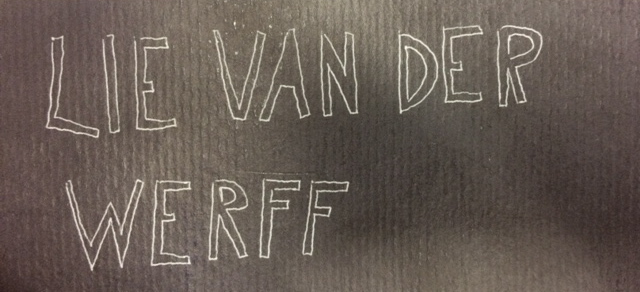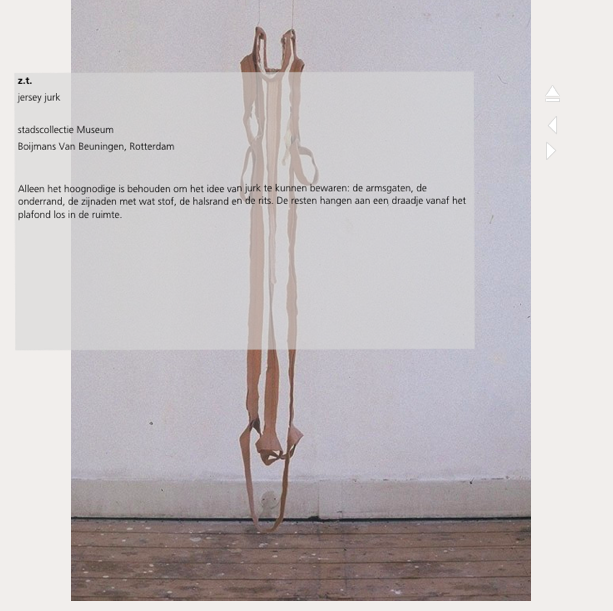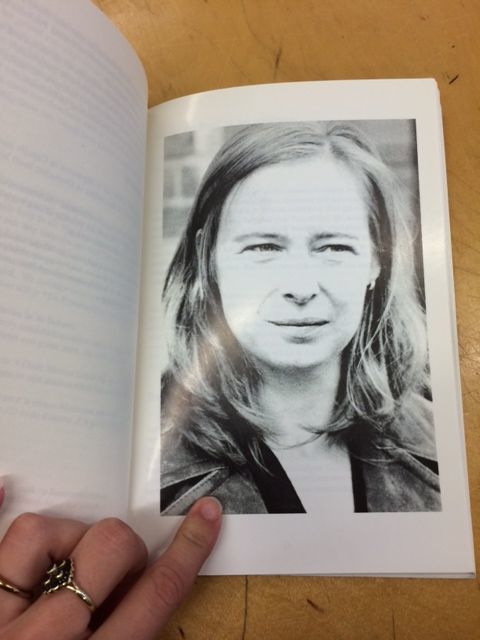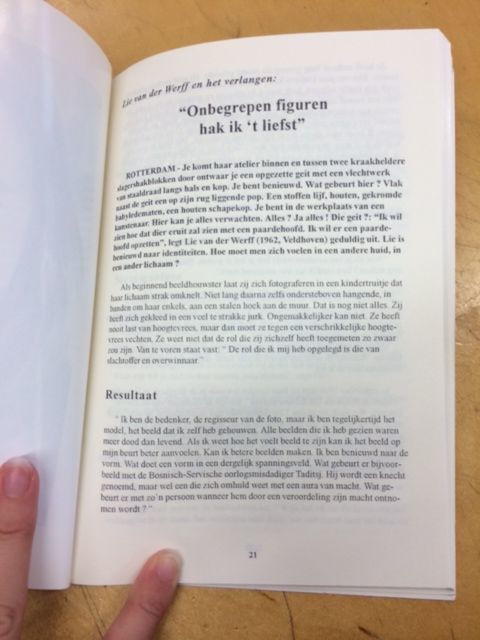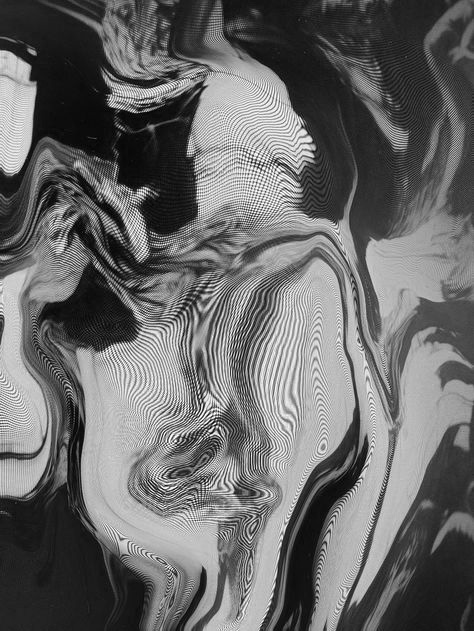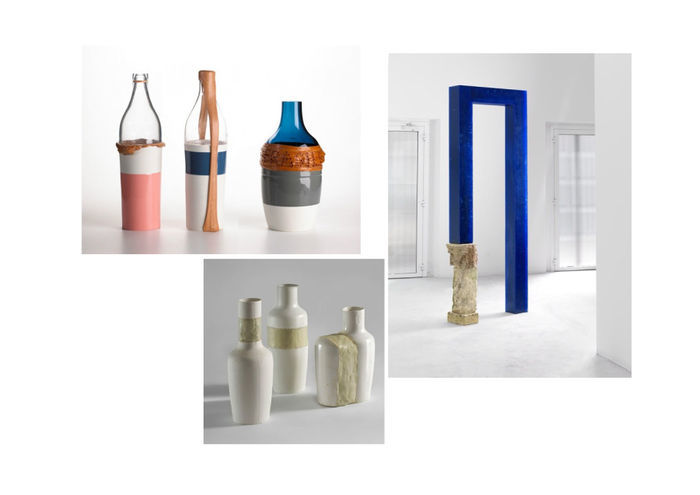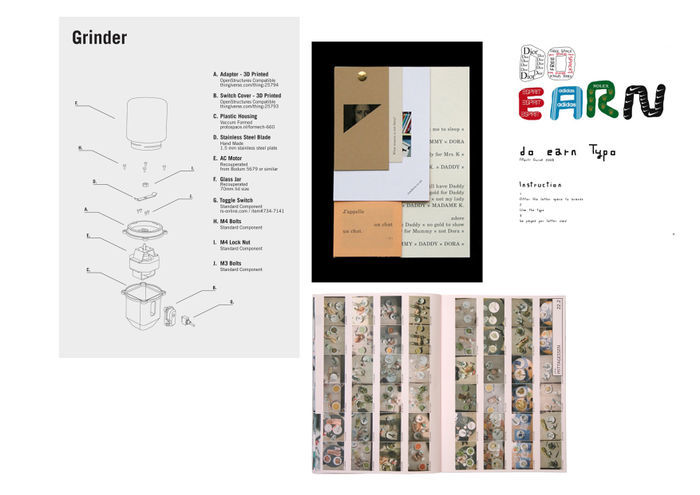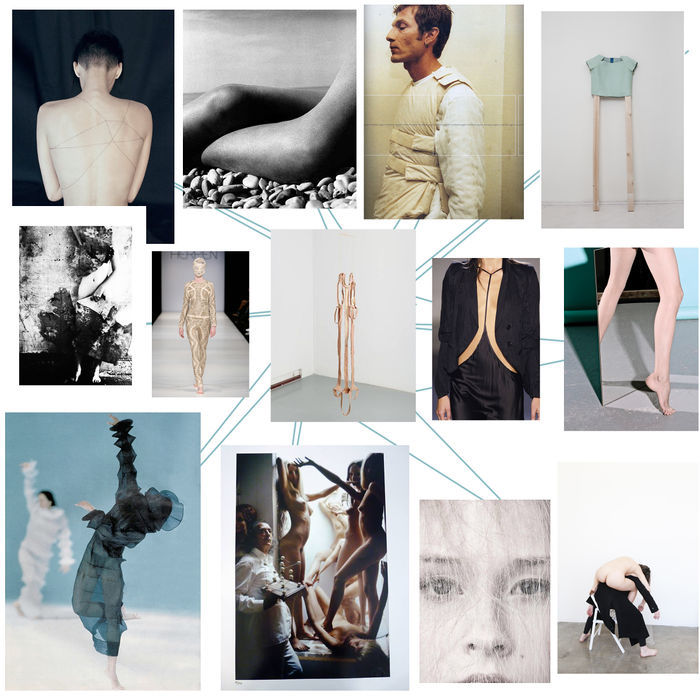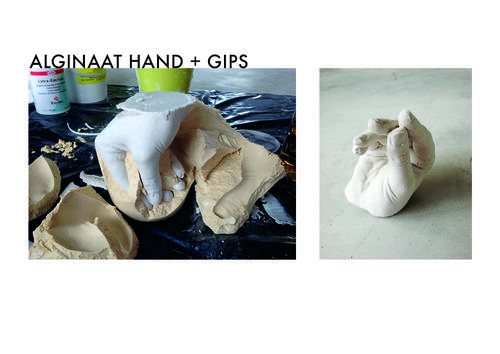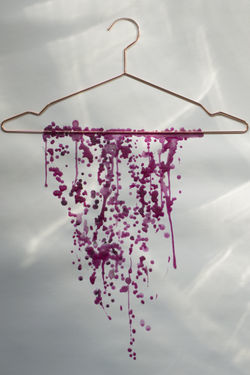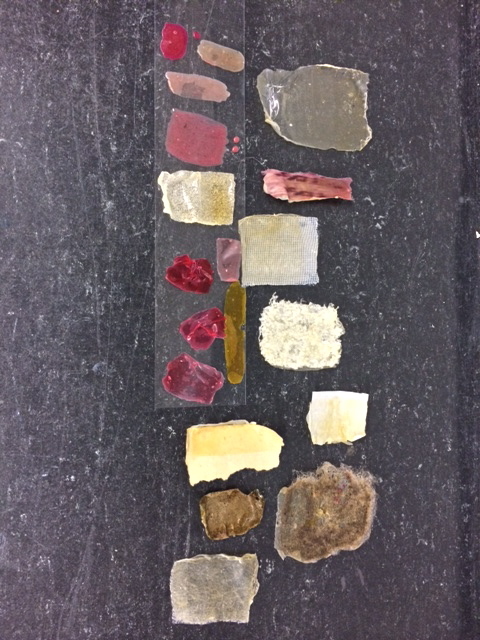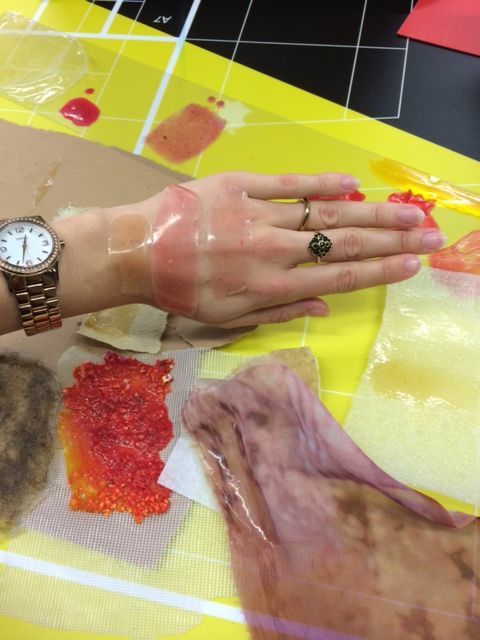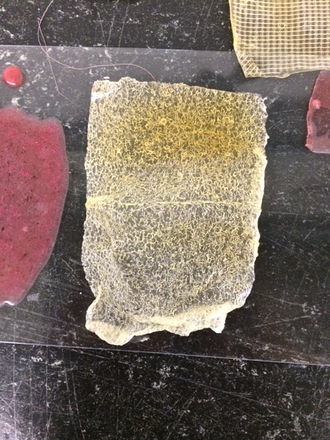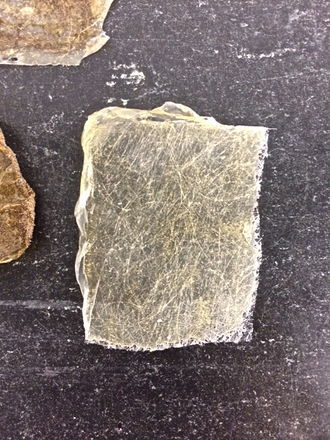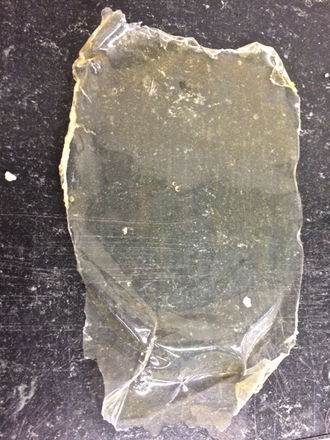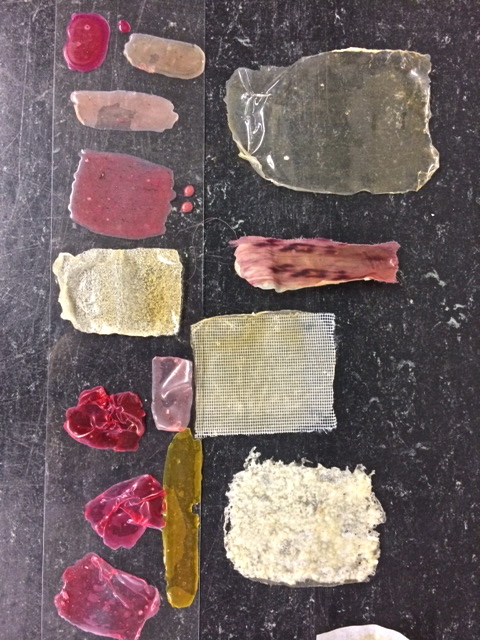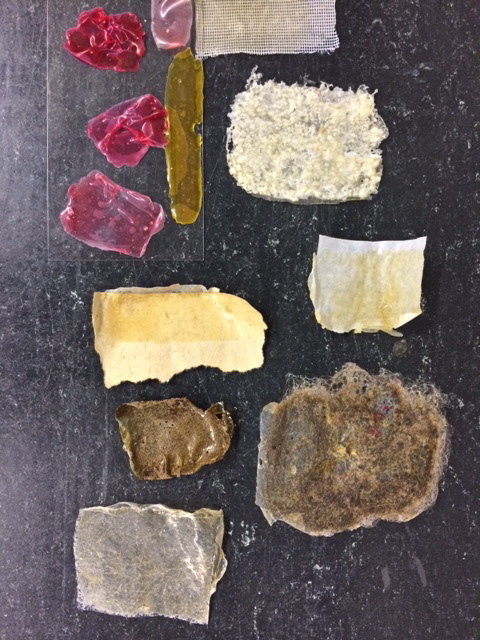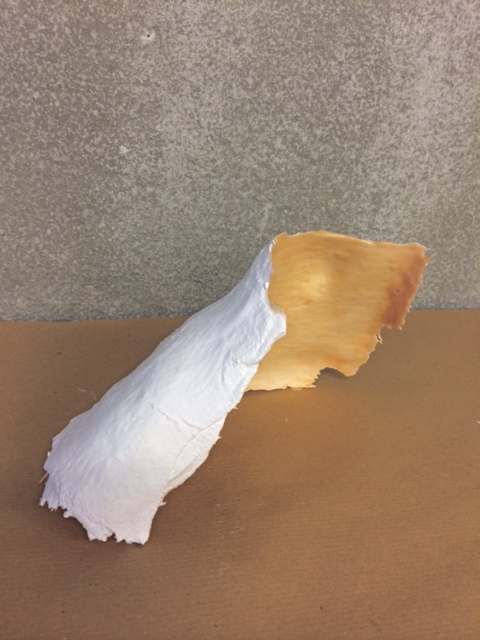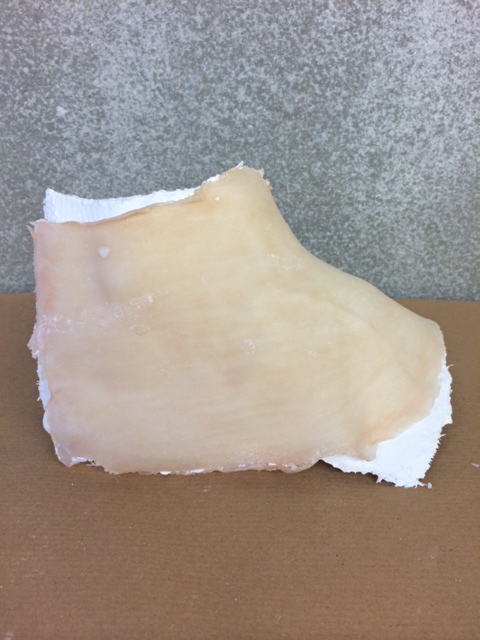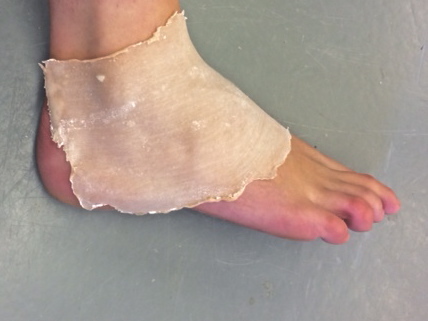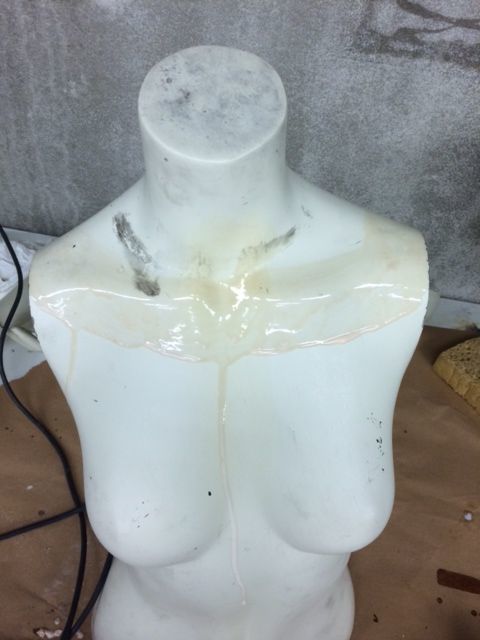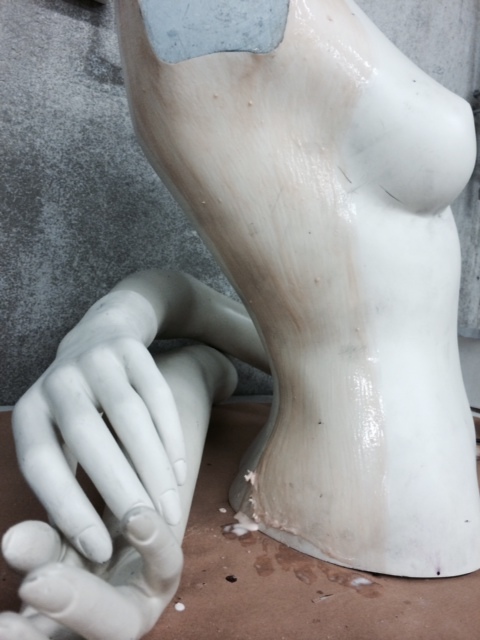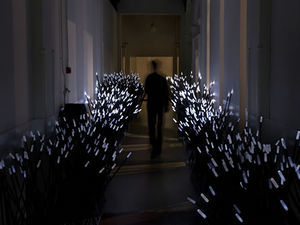Difference between revisions of "Marinka Grondel"
| Line 2: | Line 2: | ||
my portfolio. | my portfolio. | ||
| − | [[File:Foto 4-10.JPG | | + | [[File:Foto 4-10.JPG | 1000px]] |
[[File:Schermafbeelding 2014-09-13 om 21.42.29.png]] | [[File:Schermafbeelding 2014-09-13 om 21.42.29.png]] | ||
Revision as of 11:23, 7 October 2014
http://marinkagrondel.tumblr.com/ my portfolio.
Jersey Dress, Lie van der Werff
Lie van der werff about the art work: she researched when objects loos their
function and their shape. What remains is a fragile part of the object itself.
How things become a shade of themselves. I think that is a very interesting
concept.
The artwork got me thinking about, jellyfish/ puppet man/ something that drips (candles, wet fabrics or paper) paper-mâché? / different layers that together show the object but as one it says nothing/ slime/ pink chewing gum/ Hanging flower, but also it has kind of a hospital feeling, stait jacket?
These are some ideas that I want to combine with the artwork to make my own
reproduction. A reproduction that shows the dress even more as a shade of itself.
Maybe even look like something whole different but it could still be a dress.
Replica
For The replica I thought of some different ideas:
1 plastic f18 with a pink color (I know that this could work because I have done some research in the second year) Or some plastic like stuff that is more movable or softer. That it gets a skin/ flesh like feeling like the color of the dress.
2 weaving with gum like material or plaster because it has the same color and hospital feeling when you look at it, elastic could also work because the artwork it is just hanging around and it looks like when you pull it it could jump up like elastic.
3 felting of the dress.
I did a few experiments.
And found a lot of art and fashion that looks a lot like or has the same feeling as the artwork
of lie van der werff.
....
16 September, Tools & Techs After this class I got to thinking that I would definitely like to make my replica skin like.
I went to ceramics work station to ask for some advice about how materials would become skin like. Latex is what comes closest to skin.
experiments: -To combine latex with sand, plaster, wool. -How thick? How much layers? -How can I get a most like skinn feeling. -what kind of paint do I use? -What kinds of material can create a cool effect?
I noticed that acrylic pink and a little bit of brown paint works best to create a skin like color.
these are some cool experiments with different materials. I really like the latex in combination with glasfiber and foam!
I found that latex is really easy to form. This was something that I found interesting. I wanted to cover a piece of my body with latex but I had to first make a mole out of gypsum and then cover that with latex. I used my ankle and a piece of my foot to try and see if their would be a ankle shape in the latex as well. I also died the latex a little bit to get the skin color.
I think for the copy, it would be really cool to make a copy of the body parts that the dress touches when it would be on the model. The dress would look the same as on the image from far away but when you come nearby the dress would show you the skin like forms.
For my own version of the dress I want to do the same but then distort the dress even more because I will put the body parts where they do not belong. This version will be more extreme. Maybe even hanging around in a part of a room. The dress looks as if it is something tangled. I think it would be really cool that you can walk through the dress and seeing all kind of strange body parts hanging around.
Parts of the dress are made on a doll because of the time that we hve for this project. The importaint and most defined parts of the body I will make a mole with plaster and then cover with latex.
Research:
artist like,
Ron Mueck,
How mueck works: Mueck made a number of test fingers, in order to see how the flesh colour was working, because he was attempting to gain the most realistic result. He then applied fibreglass over the dried coat of silicone, and then more resin, all the time seeking to make the sculpture stronger. The mould was then completely filled with fibreglass which was coloured so as to give the flesh tone, except for the face, for which a decision had been made to separately cast it out.
The reason for the face being silicone where the rest of the figure is fibreglass, is because silicone, being soft and rubbery, allows the hairs to be punched in separately, giving the impression that they have grown through the scalp, whereas the hair of the pubic region has been glued on because fibreglass is so hard.
The mould was allowed to set, which takes hours, and Mueck in fact allowed a day for the process. It needs to be just long enough, otherwise the mould becomes brittle. The breaking of the mould was one of the most difficult stages. When the figure emerged, the excess resin was rubbed off and any damage retouched with acrylic paint. Then began the process of creating the details, painting on the veins, blemishes, hair follicles, moles, wrinkles, nails, and so on.
In order to make the face, a separate plaster mould had to be made, and then a cast taken. The final challenge was to attach the silicone face to the fibreglass sculpture. This was an especially tense moment and all signs of attachment were hidden by paint.
When the cast figure came out of the mould, it was shiny, but a coat of matt varnish dealt with this issue. The application of the hair was a slow process, Mueck constantly working for maximum realism. The sculpture seems to belie the months of work that went into it, presenting almost like a ready made piece, but this sort of realism is impossible without extraordinary technique.
information: manimalwork.com, I want to create light that reacts to movement and creates a shadow for my own version of the dress.
research:
Daan Roosegaarde
Is an artist and creative director. As artistic laboratory it develops interactive technologies and designs for the creative industry. Dune 4.0 by Daan Roosegaarde is an interactive landscape which physically changes its appearance in accordance to human presence. Placed in the main corridor of Montevideo, Dune 4.0 is composed of hundreds of fibers which react in correspondence to the movements and sounds of the visitors. Daan described this as a "hybrid of nature and technology " which "functions as a platform on which the relationship between visitor and the existing architecture is enhanced. By means of looking, walking and interacting, visitor and space merge into one coherent environment which could be best interpreted as a kind of Alice in Technoland”.
